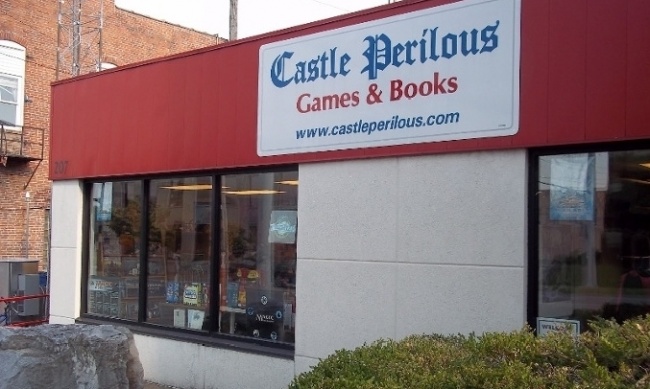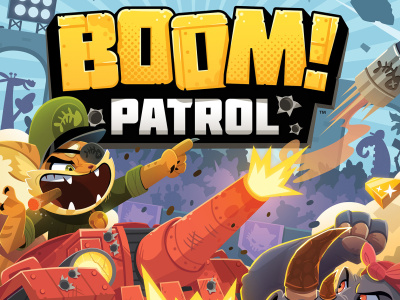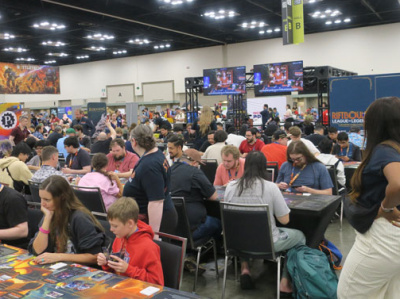Rolling for Initiative is a weekly column by Scott Thorne, PhD, owner of Castle Perilous Games & Books in Carbondale, Illinois and instructor in marketing at Southeast Missouri State University. This week, Scott Thorne looks at the situation when a publisher sells its products direct-to-consumer.
Stuck in Chicago’s O’hare airport overnight due to a missed connection, so how to spend the time? The area is not exactly designed for comfortable sleeping so reading several columns from Bob Phipps, The Retail Doctor, seemed a good way to occupy some time, especially his newest column on how to approach it when your vendor is also selling directly to the customer, an issue that comes up quite often in the gaming industry.
Actually, vendors selling both through stores and directly to the consumer is pretty common, common enough that we have a term for it, dual distribution, which sounds pretty innocuous. Vendors have used dual distribution for decades now but the Internet has made it so much easier for a manufacturer to do. You can purchase Nike products at any shoe or sporting goods store in the country as well as from the Nike website. The website even allows customers to custom design their shoes and a number of my students over the years have said they purchase custom shoes from the website, as well as purchasing them through stores like Priority Sports and Academy Sports.
So what does Phipps say you should do in a situation where one of the publishers you stock is selling direct-to-consumer? In a word, "Get over it." The publisher made the product, and unless they have some sort of contract with stores, the publisher has the right to sell the product to whomever they wish, at whatever price they wish. Phipps also veers off talking about economies of scale, the idea that the more you purchase of something, the cheaper you can generally get it. Check the price per roll on a four-pack of toilet paper versus the price per roll of a 48-count pack. Larger quantities means you can buy more of an item and get it more cheaply, often with extra benefits like free shipping or extended terms.
As I mentioned earlier, publishers can and do sell their product for whatever price they wish. Most of them sell it at their MSRP, in order to avoid devaluing their product. If you publish a product and set a certain MSRP on it, customers expect that. However, if you publish a product, set a certain MSRP on it and then sell the product consistently to the customer at a discount, customers start expecting that discounted price all the time and extinguishing that expectation can prove pretty hard to do. This is a reason Paizo has seen a significant drop-off in retailers carrying full lines of their books.
We see significant online discounts on a lot of products out there, whether direct from publishers or not, and still sell a lot of some of them. Why? My thinking is a lot of it has to do with in-store events. Running D&D games (and other events) gets the customer in the store where, Phipps says you sell to them, right then, right there. Customers in your store want the product now. That is why, even with its 2-day Prime guarantee, Amazon is still working to bring its delivery time down to one day and even same day delivery, because Amazon knows that immediacy is something customers want and still cannot get consistently from Amazon but they can from their FLGS.
The opinions expressed in this column are solely those of the writer, and do not necessarily reflect the views of the editorial staff of ICv2.com.

Column by Scott Thorne
Posted by Scott Thorne on May 28, 2019 @ 10:22 am CT
MORE GAMES
New 'Die' Story Out in November, Alongside 'Die Quickstart RPG Guide'
August 11, 2025
The Die: Loaded #1 will be released in November 2025, the same month as The Die RPG Quickstart Game Guide.
New Tank Battle Board Game by Smirk & Dagger
August 11, 2025
Smirk & Dagger will release Boom Patrol, a new tank battle board game, into retail.
MORE COLUMNS
Column by Scott Thorne
August 11, 2025
This week, columnist Scott Thorne notes a new twist in the Diamond Comic Distributors saga and shares his thoughts on the Gen Con releases that will make the biggest impacts.
Column by Jeffrey Dohm-Sanchez
August 7, 2025
ICv2 Managing Editor Jeffrey Dohm-Sanchez lays out the hotness of Gen Con 2025.








